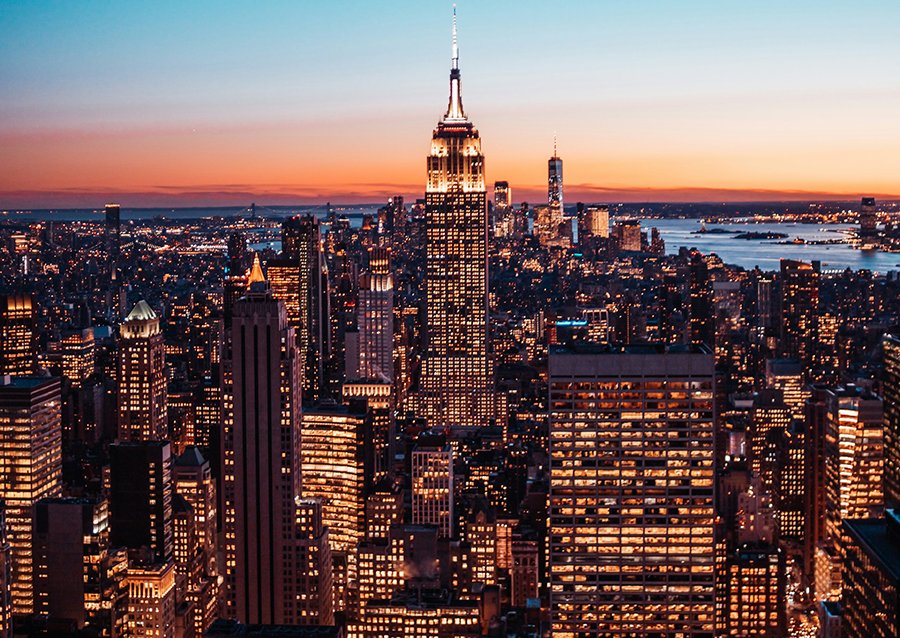читайте также
 Italy May End Tax Relief on Rental Income: What It Means for Landlords and Investors
Italy May End Tax Relief on Rental Income: What It Means for Landlords and Investors
 Luxury Travel Takes Off: How Demand Is Changing and Where to Find ‘Quiet Luxury’
Luxury Travel Takes Off: How Demand Is Changing and Where to Find ‘Quiet Luxury’
 Airbnb shifts all fees to property owners
Airbnb shifts all fees to property owners
 Most Punctual Airlines of September 2025: Who Arrived on Time and Why It Matters
Most Punctual Airlines of September 2025: Who Arrived on Time and Why It Matters
 Ten Years to a Passport: New Citizenship Rules in Portugal
Ten Years to a Passport: New Citizenship Rules in Portugal
 Top 25 World Economies 2025: Who Shapes Global Growth
Top 25 World Economies 2025: Who Shapes Global Growth
Real Estate / Investments / Analytics / Research / Japan / Germany / United Arab Emirates / Netherlands / Switzerland / Portugal / Spain 17.10.2025
Prime property maintains positive momentum: Savills

Global prime residential markets remained active in H1 2025, although price growth slowed after a strong 2024, the Savills study notes. Amid geopolitical turbulence, investors focus on lower-risk assets, while buyers target highly liveable locations with limited supply.
Moderate price growth
The World Cities Prime Residential Index shows that in H1 2025 the prime housing market posted moderate activity. Average price growth reached 0.7%, after 2.2% in 2024. Trade disputes, tariff changes, financial-market volatility and political fragmentation weakened appetite for cross-border investment. Even where interest rates have stabilised, investors are more cautious, weighing risks and regulatory uncertainty. This slowed deal volume but did not push prices down: the prime segment remains stable thanks to constrained supply and the perception of such assets as a “safe harbour”—properties seen not only as investments but as part of a resilient lifestyle.

The key market shift is the rising role of rental income. In the first six months of 2025, prime rents increased by ~2%, while capital values rose just 0.7%. This gap highlights growing buyer caution—opting to rent rather than purchase—and the willingness of high-net-worth clients to pay more for flexibility and comfort.
City and country highlights
According to Savills, 60% of cities in the index recorded price growth in H1 2025. Small declines appeared only in the most expensive metros—London, Paris, Shanghai and Los Angeles. In the US, market swings and high borrowing costs cooled top-end demand, yet tight supply continues to support prices in New York, Miami and San Francisco. In the UAE, momentum eased after a buoyant 2024 but remains positive. Italy sees persistently strong demand for Milan, combining economic diversity with quality of life.
Tokyo led the half-year. A mix of internal and external migration, chronic undersupply of new builds and rising costs lifted capital values by 8.8% in six months and 16.3% y/y. The Japanese capital tops the index for both rental growth and prices, retaining strong potential into H2.
Next came Berlin, Dubai and Seoul, each up 5%+. Berlin’s trend is supported by limited supply and slow construction, Dubai by sustained inflows of foreign investors and migrants, and Seoul by renewed interest after regulatory easing. Savills expects Dubai and Seoul to add ≥4% in H2.

Cities with pronounced “liveability appeal”—Amsterdam, Cape Town, Lisbon and Sydney—show the most resilience in turbulent conditions. They share constrained prime supply, steady inflows of affluent residents and a “live-and-own” investment mindset. Buyers in these markets are less sensitive to short-term swings, viewing property as a long-term asset rather than a quick-flip vehicle. All are expected to see >2% price gains in H2, with Cape Town potentially 6%+.
By contrast, the most expensive ownership markets face a narrower buyer pool and greater sensitivity to uncertainty. Even so, Savills characterises current moves as soft adjustments. In Hong Kong, under pressure for several years, prices fell 3.5% in H1, yet the city remains among the world’s costliest.
Outlook: gravitating to safe markets
Macro uncertainty and regulatory shifts will keep shaping buyer activity. Still, a shortage of quality stock, rising interest in resilient locations and capital’s tilt toward safer markets should support prices. Savills expects the 30-city composite to stay positive, with average 2025 growth around 1.5%.
Leaders are set to remain Tokyo and Seoul with ~6–7.9% H2 gains; Cape Town is in the same band. Dubai, Sydney and Lisbon may add ~4–5.9%. Amsterdam, Barcelona, Madrid and Mumbai are projected at ~2–3.9%. Paris, Berlin and Geneva should be broadly stable. London and Guangzhou could see modest declines of ~2–4%.

In Georgia, the “prime” segment clusters around flagship locations — in Tbilisi, that’s Vake, Vera, Mtatsminda and new waterfront projects; in Batumi, the first coastal line (including Gonio) and branded seaside complexes. Despite cooler deal activity in 2025, prices are holding thanks to limited supply and steady demand for high-quality space. Monitoring data show that early 2025 in Tbilisi came with weaker sales, yet prices in new developments continued to rise.
The main driver is rentals: tourist flows and an inflow of expats sustain occupancy in both Batumi and Tbilisi, while demand is shifting toward turnkey “serviced” formats with transparent operating economics. According to TBC Capital summaries and industry reviews, transactions involving foreign buyers remain significant.
Monthly reports also highlight a divergence between the primary and secondary markets: in H1 2025, the primary market became more expensive due to “cost-push inertia,” while the secondary market fluctuated and only partly recovered demand. On the permitting side, there’s a shift as large projects obtain approvals, laying the groundwork for future competition in prime and luxury, though “anchor” addresses with scarce land remain in short supply.
Batumi continues to be the showcase for resort-prime and luxury: first-line demand is supported by tourism, yet experts warn of a localized oversupply risk in budget new builds — in the prime and luxury tiers, projects with professional management and strong branding tend to win.
Looking nationwide, external reviews point to a continued uptrend in prices in 2025, although at a more measured pace than during peak periods. This aligns with Savills’ global picture: capital is seeking “safe harbours” and vibrant locations, while Georgia’s prime segment rests on land scarcity, limited supply of branded luxury assets, and resilient tourist inflows.
Savills concludes that even amid prolonged uncertainty, prime property holds its value—as both an investment and a lifestyle marker. In H2 2025, confidence rebuilding will be pivotal. Buyers will act more selectively, balancing long-term goals with present risks. Cities with limited supply, steady demand and transparent rules will remain key magnets for global capital.





